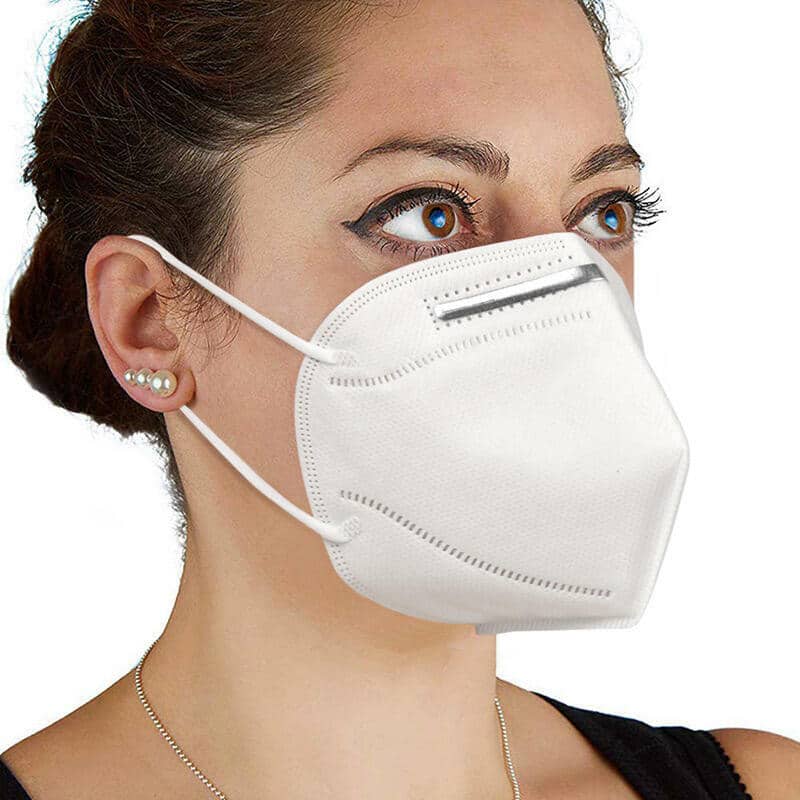
With the coronavirus (COVID-19) pandemic continuing its spread throughout the U.S., the focus on protective measures has become more important than ever. While multiple vaccines have been approved, they are still taking some time to get administered. That’s why it’s critical for professionals such as healthcare workers to continue adhering to safety practices in the meantime.
One such practice is to wear personal protective equipment (PPE) such as face masks. But when put in the context of healthcare settings, ordinary surgical masks or cloth masks fail to deliver the required protection. That’s why, you need filtering facepiece respirators (FFRs) that protect you from increased risk of contracting COVID-19 while you care for your patients.
One such FFR is the KN95 face mask, which has been approved by the Food and Drug Administration (FDA) for COVID-19 treatment settings.
To see how these masks differ from the more popular N95 and how they can protect your health, here’s a lowdown on this essential PPE.
KN95 Masks Use Intensive Filtration
Due to being an FFR, the KN95 uses intensive filtration mechanisms to block out harmful particles from the surrounding air. When you put this professionally-fitted mask on properly, it creates a seal around your face and allows external air into the mask only through its filter material.
Apart from this face seal, the mask’s filtration system works to clean out at least 95 percent of particles from the air. This protection works on dust, fumes, and mists alike. As a result, it also deems effective on the virus that causes COVID-19 and delivers ample protection against its associated risks.
KN95 Respirators Work the Same Way as N95 Masks
The KN95 works the same way as the more popular N95 mask. The only major difference between these respirators is that KN95 uses Chinese certification standards, while N95 uses U.S. certification standards. But as mentioned above, the FDA has already approved the usage of KN95 in the U.S. during COVID-19.
The other difference is visible in the form of their structure. While N95 has two bands that wrap around the back of the wearer’s head, KN95 typically uses an earloop design. With that being said, both masks fit the standards of professionally-fitted FFR when they come from a reliable vendor such as Source Ortho.
KN95 Are Ideal for Healthcare Settings
The novel coronavirus is mainly spread through respiratory droplets. When someone who has COVID-19 talks, breathes, or coughs can discharge these droplets in the air. When someone else breathes in these tiny particles, they can contract COVID-19. That is why the filtration mechanism of KN95 masks is ideal for healthcare settings where these respiratory droplets pose a greater risk.
If you are treating patients with COVID-19 infections, wearing KN95 masks can reduce your chances of contracting the virus during your interaction. When combined with other PPE such as face shields and safety goggles, these masks provide you with comprehensive protection.
When your KN95 mask comes from a reliable vendor with FDA-approved inventory, you can use these FFRs in healthcare settings without any worry. This is especially helpful in scenarios where you cannot easily find the more popular N95 mask for your protection.